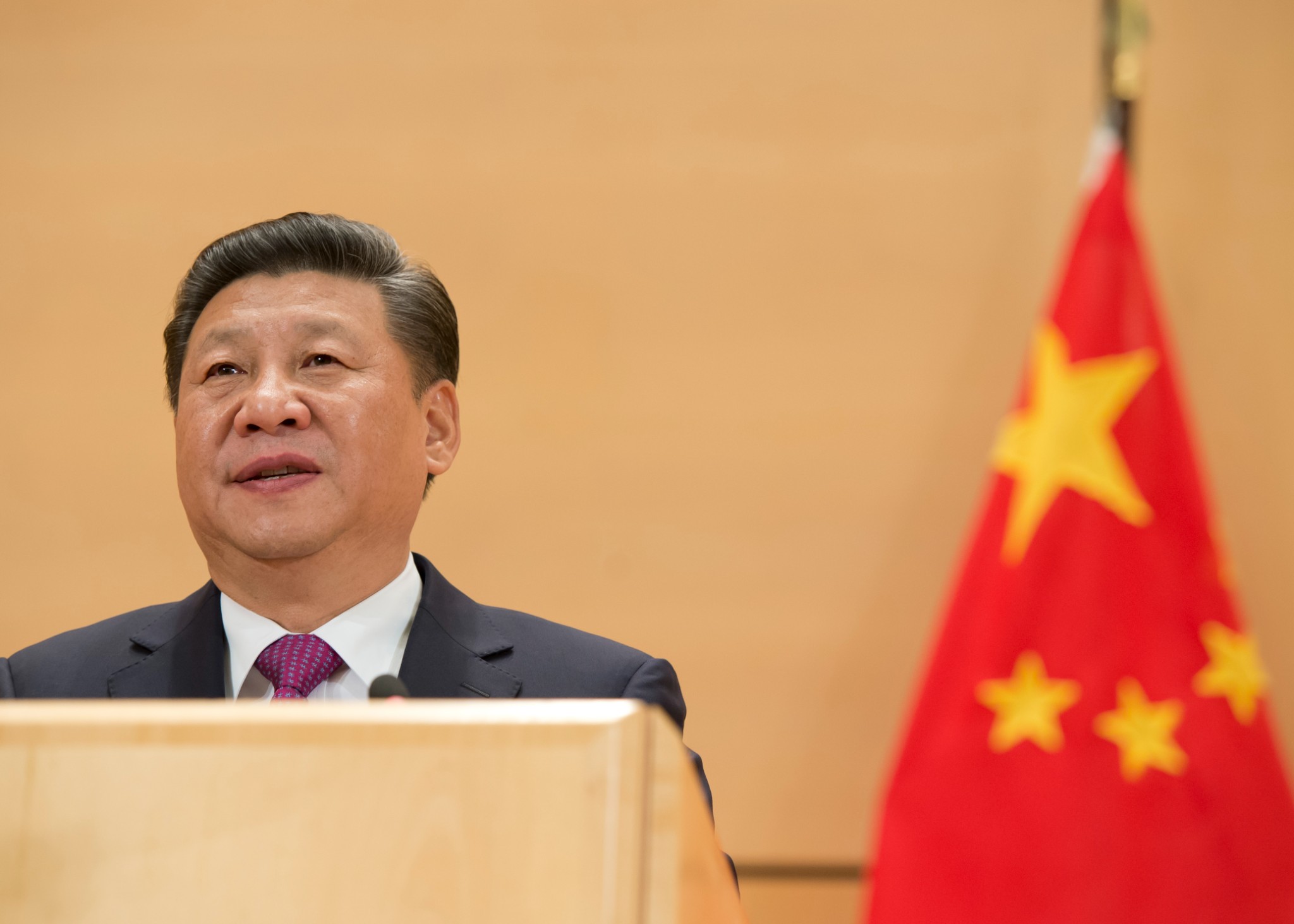 UN Photo / Jean-Marc Ferré
UN Photo / Jean-Marc Ferré
China’s New Missile Silos: A Shift in Chinese Nuclear Policy?
Reports have emerged over the past few weeks and satellite images have confirmed that China is building three sites with around 100-150 missile silos each. Researchers at the Federation of American Scientists discovered the first two sites using commercial satellite imagery and several experts have confirmed the reports. The two previously reported sites are Hami and Yumen. An additional site has recently been discovered in Inner Mongolia. A Congressional Research Service report shows the US currently has 399 deployed ICBM launch facilities. Combined with China’s pre-existing silos, the new missile silos altogether represent upwards of 90% of the number of deployed ICBM silos in the US.
China may be motivated to build these silos as a response to American and Russian modernization efforts. China currently has a limited number of DF-5 missile silos, but those are in range of US cruise missiles. Building new silos deeper inland would allow China to increase its response time and have a credible deterrent should there be a strike against it. All three sites are located deeper inside China, increasing the Chinese military’s time to respond in case of an incoming attack originating from the Pacific. This may represent a shift in Chinese nuclear posture. Although China is not known to keep its nuclear missiles on ready alert, this expansion is troubling because it gives China the capability to deploy more MIRV equipped DF-41 missiles—potentially on ready alert.
The new silos also represent a shift in Chinese policy at the executive level. President Xi Jinping’s policy has been a continuation of Chinese efforts to increase assertiveness and prestige in foreign affairs and challenge its neighbors and the US for dominance of the South China Sea. However, its nuclear deterrent has not been a key area of focus for previous Chinese administrations. Previously, Chinese nuclear policy followed the minimum deterrence doctrine, which meant China kept a relatively small missile force that was able to act as a credible deterrent. With Xi, it appears that is changing, and a larger nuclear force could increase China’s confidence when dealing with foreign policy challenges like the South China Sea, disputes with India, or Taiwan. Despite its no first use policy, China may be seeing an increasing chance of conventional conflict, and the potential role of nuclear weapons in deterring such a conflict.
Is this the dawn of a new arms race between the US and China? China has been rumored to be expanding its nuclear arsenal since the end of the Cold War, but the pace has become rapid in recent months. Some experts claim there is nothing to fear because these silos may be decoys and China’s nuclear policy is mostly in response to new US technology. This reasoning helps explain why the Trump Administration’s repeated calls for China to join the US and Russia in a trilateral arms control treaty were ignored; the Chinese missile force was dwarfed by its American and Russian counterparts and the Chinese stance was to depend on treaty constraints as assurances that US nuclear weapons would be tied to those constraints indefinitely.
However, with the demise of several arms control treaties and with them the security assurances, the Chinese have decided to expand their nuclear arsenal as an effort to bolster the credibility of its deterrent effect. With the US and Russia developing hypersonic missiles, the deployment of US missile defense systems aimed at North Korea but having the added effect of bothering China, and the US slated to replace its entire ICBM fleet with newer weapons, the Chinese feel they have fallen behind. The new silos could possibly house DF-41 ICBMs, which can carry multiple warheads and have capabilities closer to their Russian and American counterparts. Perhaps the new silos and the possibility of an expanded Chinese nuclear fleet is an attempt by China to improve its position should it decide to participate in future arms control negotiations.
Considering these developments, the Biden Administration’s Nuclear Posture Review and ongoing efforts to advance arms control mechanisms have become that much more vital. The upcoming NPR should take China’s moves into account and move to assure America’s allies in the South China Sea region that the United States is a credible partner and will keep its commitments. Simultaneously, while the U.S. has no bilateral arms control agreements with China, transparency measures could go a long way into resolving mutual fears about each country’s nuclear intent. While this already exists between the U.S. and Russia through New START, the disparities in U.S. and Chinse nuclear forces (for now) means that a potential nuclear treaty with China may need to begin with transparency and confidence building measures, rather than numerical limits the Chinese aren’t yet interested in. The Biden Administration should engage China on the missile silos and arms control in general in order to prevent another arms race from becoming reality.






